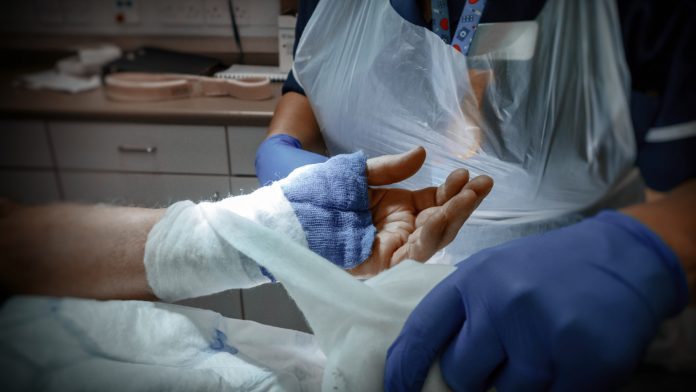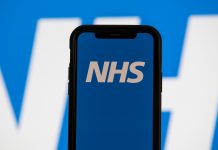
A new material has been discovered by researchers at the University of Nottingham that may help the diabetic wound healing process.
The researchers have discovered a new variety of polymers that can provide instructions to both immune and non-immune cells, which can help to accelerate the wound healing process of hard-to-treat diabetic wounds.
The findings have been published in the journal Advanced Materials.
The wound healing process is a complex biological process that requires various cell types to work together. A cell type called fibroblasts plays a critical role in forming new tissue required for wound healing.
Diabetes wounds can cause serious health issues
The cellular wound healing process can be disrupted by diabetes, slowing down the repair of wounds and making them hard to treat. This often leads to infection and amputation can be needed in some extreme cases.
Researchers from the School of Life Sciences and Pharmacy screened 315 separate polymer surfaces. The team examined the different chemical make-up of each polymer until they identified a polymer type that could actively drive fibroblasts and immune cells to promote healing.
A research team from the School of Engineering were able to create small particles with this new polymer on the surface. These particles can be directly applied to the wound area.
Polymers are chemical compounds made up of molecules which are bound together in long, repeating chains. This structure means polymers have unique properties that can be tailored for different uses. The researchers used polymer microparticles to show how they could produce three times more fibroblast activity when applied to a wound in an animal model.
The new polymer improved the wound healing process
This increased activity occurred over a 96-hour period, leading to an 80% success rate of wound closure. The new polymer can be applied as a coating on standard wound dressings enabling fast and effective treatment.
“This research is a significant step towards being able to create a new, low-cost, effective treatment for diabetic wounds. The results we saw were achieved in just one application, which could be transformative for patients whose current treatment often involves repeated treatments delivered by trained health professionals,” said Professor Amir Ghaemmaghami from the School of Life Sciences at the University of Nottingham and lead author of the study.
“We have shown the medical potential of novel polymers in previous work; our bacterial biofilm-resistant materials are used on urinary catheters in the NHS, showing how this can prevent infection by changing the bacterial cell behaviour at the polymer surface. These polymers also have the potential to be easily applied to dressings, and we are already working with industry partners to develop ways to help wound healing in this way,” said Professor Morgan Alexander from the School of Pharmacy at the University of Nottingham.
























